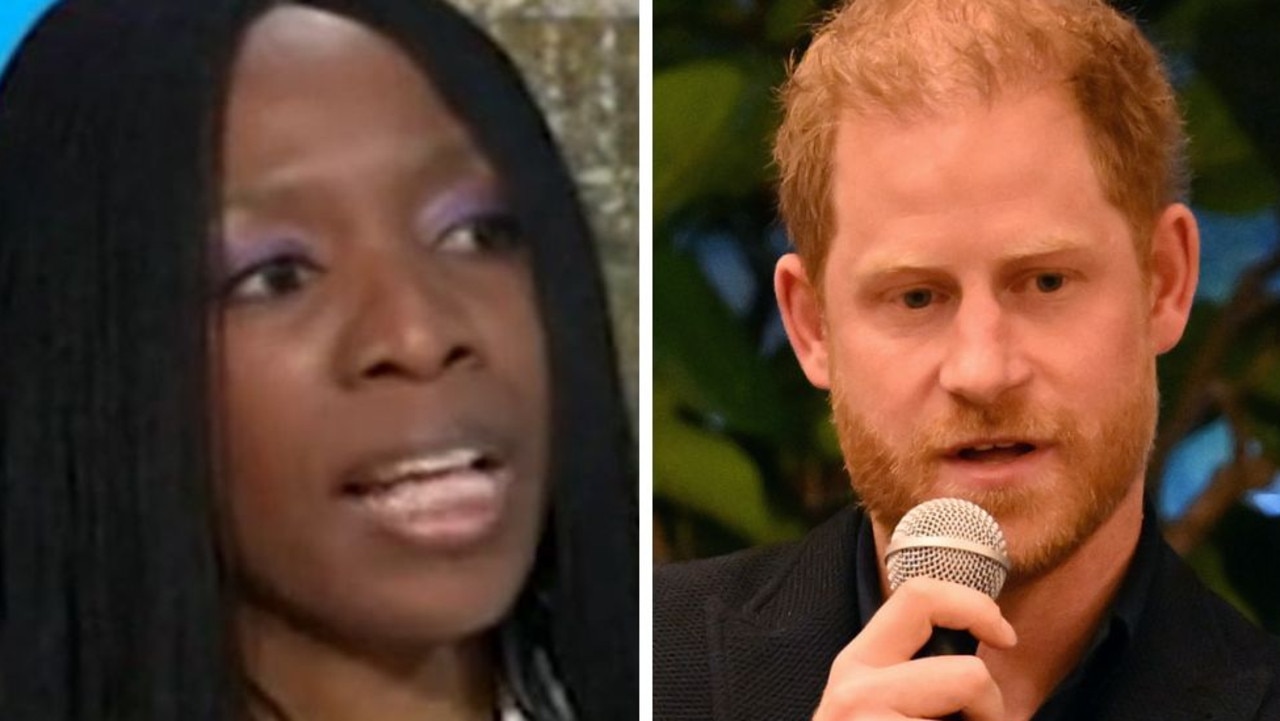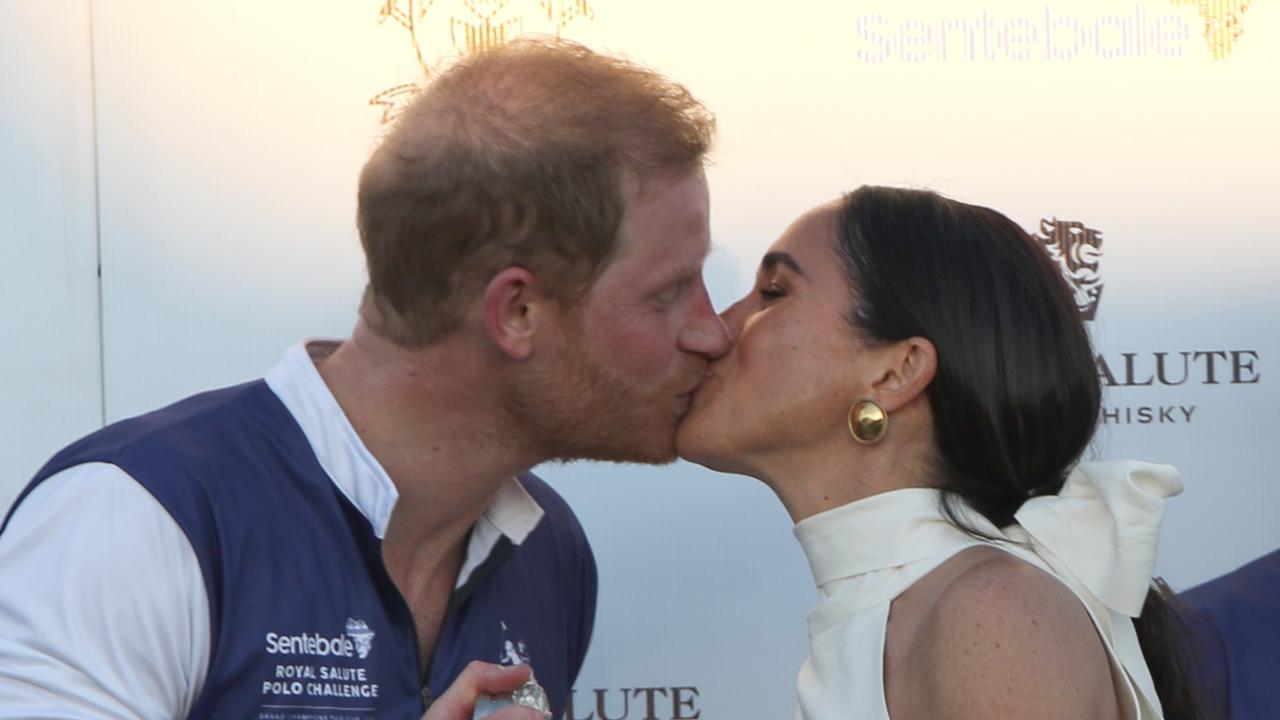Prince Harry reveals what life was like on a Queensland farm
The Duke of Sussex has revealed more details about life on a Queensland farm before it was dramatically cut short.
Royals
Don't miss out on the headlines from Royals. Followed categories will be added to My News.
The Duke of Sussex was sent to toil for two months on a cattle farm in outback Queensland after a stint in rehab and reveals his family believed “hard work” would solve his problems.
Writing in his memoir Spare, Prince Harry told how time spent rounding up cattle on Tooloombilla Station in southern central Queensland helped him escape the pressures associated with being a member of the royal family when he was 19.
“This wasn’t merely work. Being a jackaroo required stamina, but it also demanded a certain artistry. You had to be a whisperer to animals. You had to be a reader of the skies, and the land. You also had to possess a superior level of horsemanship,” he writes.
“My family believed hard labour is the answer to everything.”
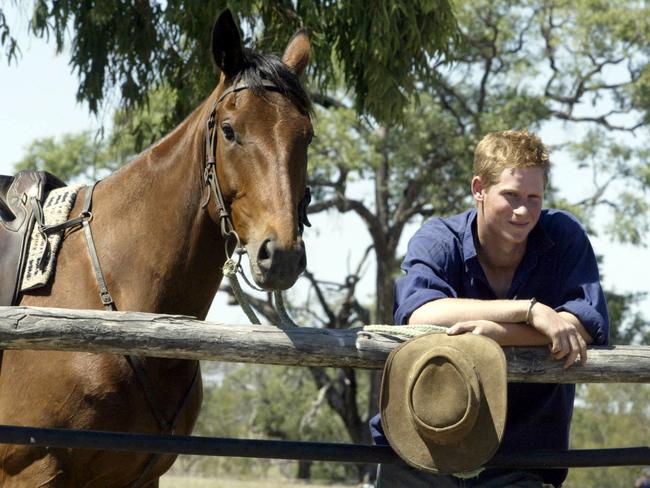
The Duke told how being forced to focus on physical labour took his mind off being HRH Prince Harry and how he identified with cows, because “they need their space”.
“A typical working day began in the middle of the night,” he writes.
“At first light we’d saddle up, gallop to the edges of the forty thousand acres (double the size of Balmoral) and begin to muster. That is, move the herd of cattle from here to there. We’d also search for individual cows that had strayed overnight, and drive them back into the herd. Or load some onto a trailer and take them to another section. I rarely knew exactly why we were moving these cows but I got the bottom line: cows need their space.
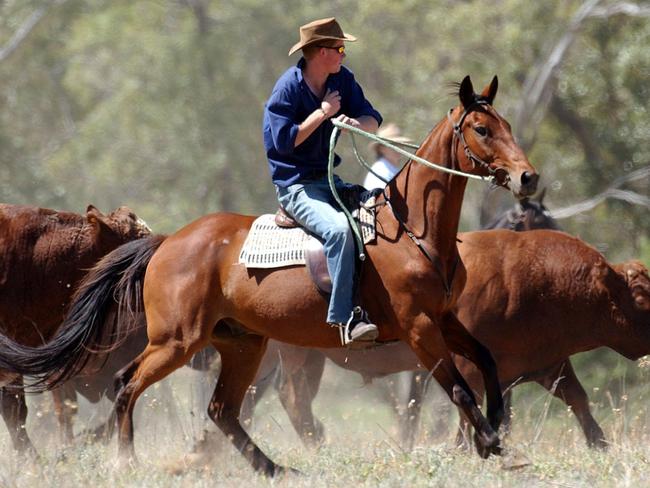
“I felt them,” he said.
It would take hours to round them up and then the day would be wrecked if one darted off into a stand of trees.
“The trick was never letting a chase last too long. Long chases wore out the cow, reduced its body fat, slashed its market value. Fat was money, and there was no margin for error with Aussie cattle, which had so little fat to begin with.”
Relishing Australian shorthand he quotes how a steer was a young bull that hasn’t yet been castrated. A weaner was a calf newly split from its mother. A smoko was a cigarette break. Tucker was food.
“I spent a lot of late 2003 sitting high in the saddle, watching a weaner while sucking a smoko and dreaming of my next tucker,” he writes.
He said the one job he refused was snipping balls.
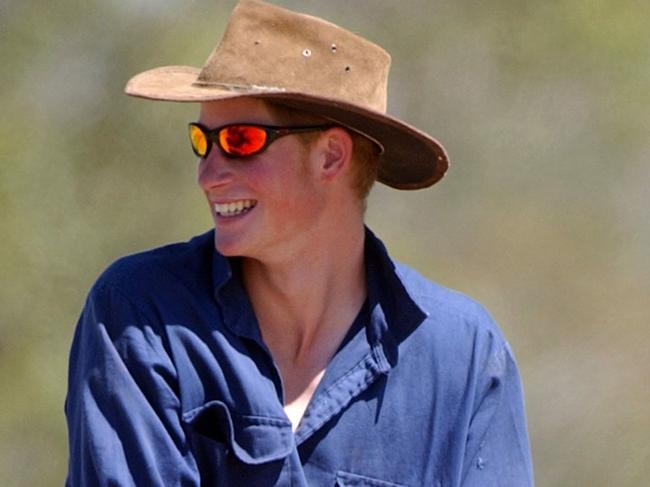
“Every time George (farmer’s son) brought out that long shiny blade I’d raise my hands. ‘No, mate, can’t do it.’”
On a trip to Sydney to see the Rugby World Cup, he made an official appearance at the Taronga Zoo and posed for a photo with an echidna called Spike which earned him the name Spike on the farm because of his stand-up red hair at the time.
Around that time local police had arrested an intruder poking around on the farm.
“Paps were like ants. There was never just one,” he writes.
“The police were pleased with themselves. But I was glum. I knew what was sure enough, the very next day, two more crept onto the farm.
“Time to go.”
“I thanked the Hills family for nine of the best weeks of my life and flew home, arriving just before Christmas.
“I went straight to a club on my first night home. And the next night. And the
next.”
He goes on: “One night I met a girl, chatted with her over drinks. I didn’t know she was a page-three girl.
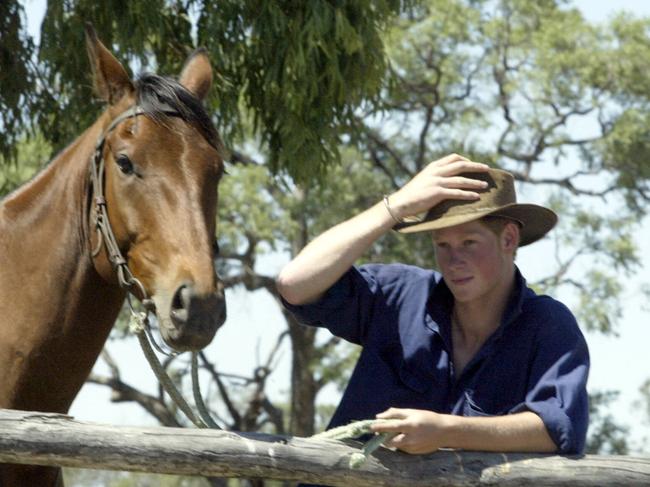
“I wouldn’t have cared if I’d known. She seemed smart and fun.
“I left the club wearing a baseball cap. Paps everywhere.
“The story in the papers the next morning was about Prince Harry meeting and supposedly kissing a page-three girl, along with much frantic commentary about the horrors of the Spare dating ... such a fallen woman.
“The snobbery, the classism, was nauseating. The out-of-order priorities were baffling,” he said.
More Coverage
Originally published as Prince Harry reveals what life was like on a Queensland farm



